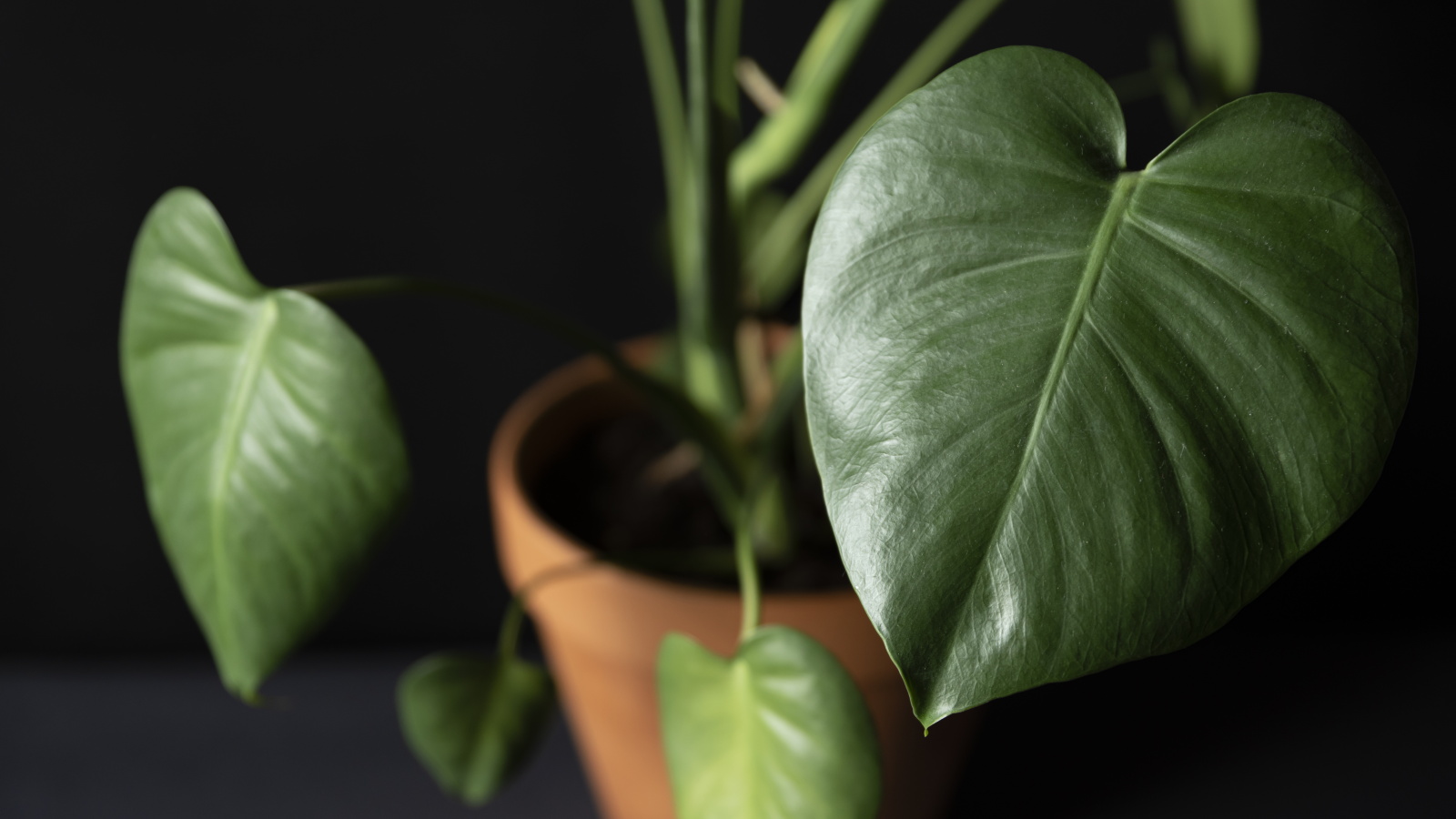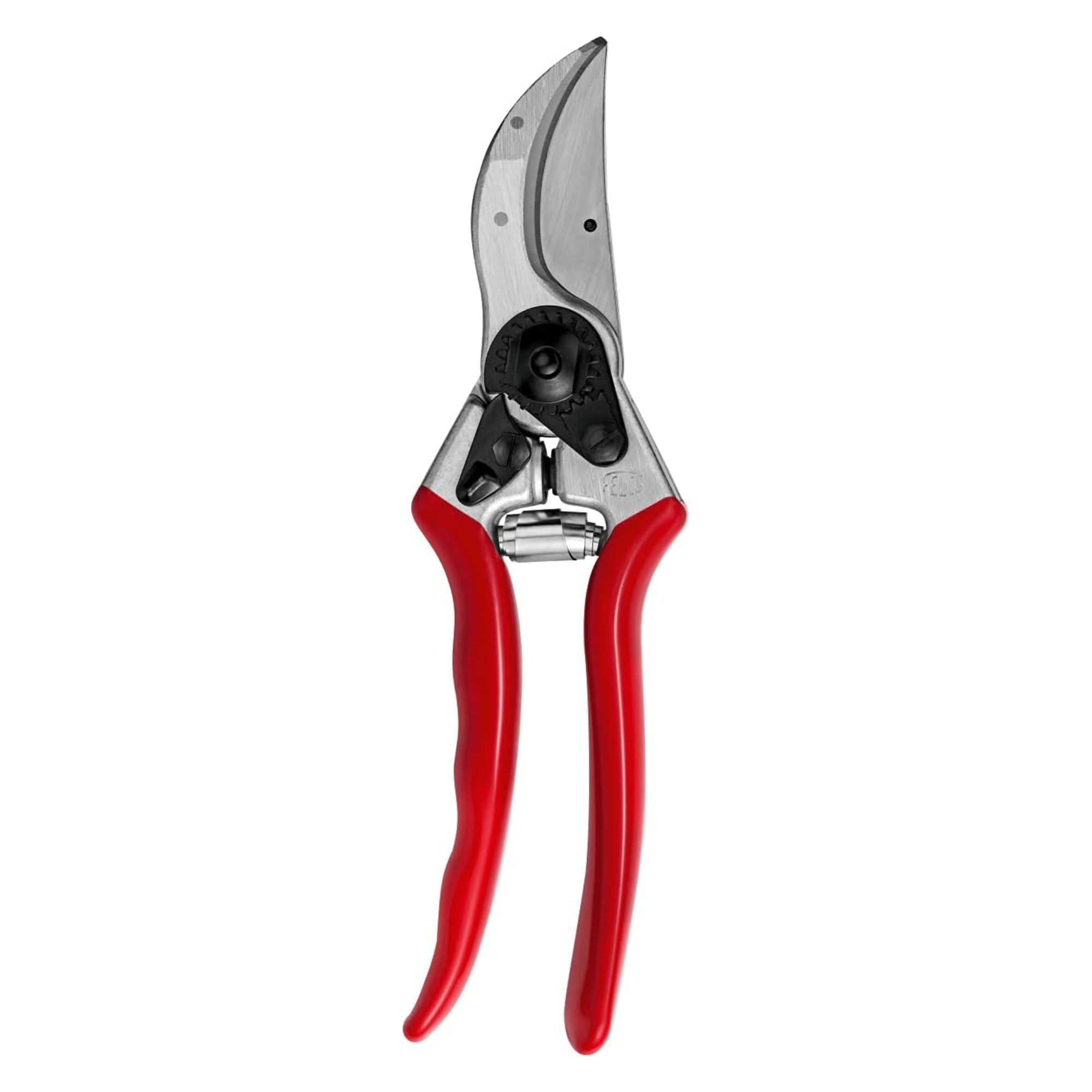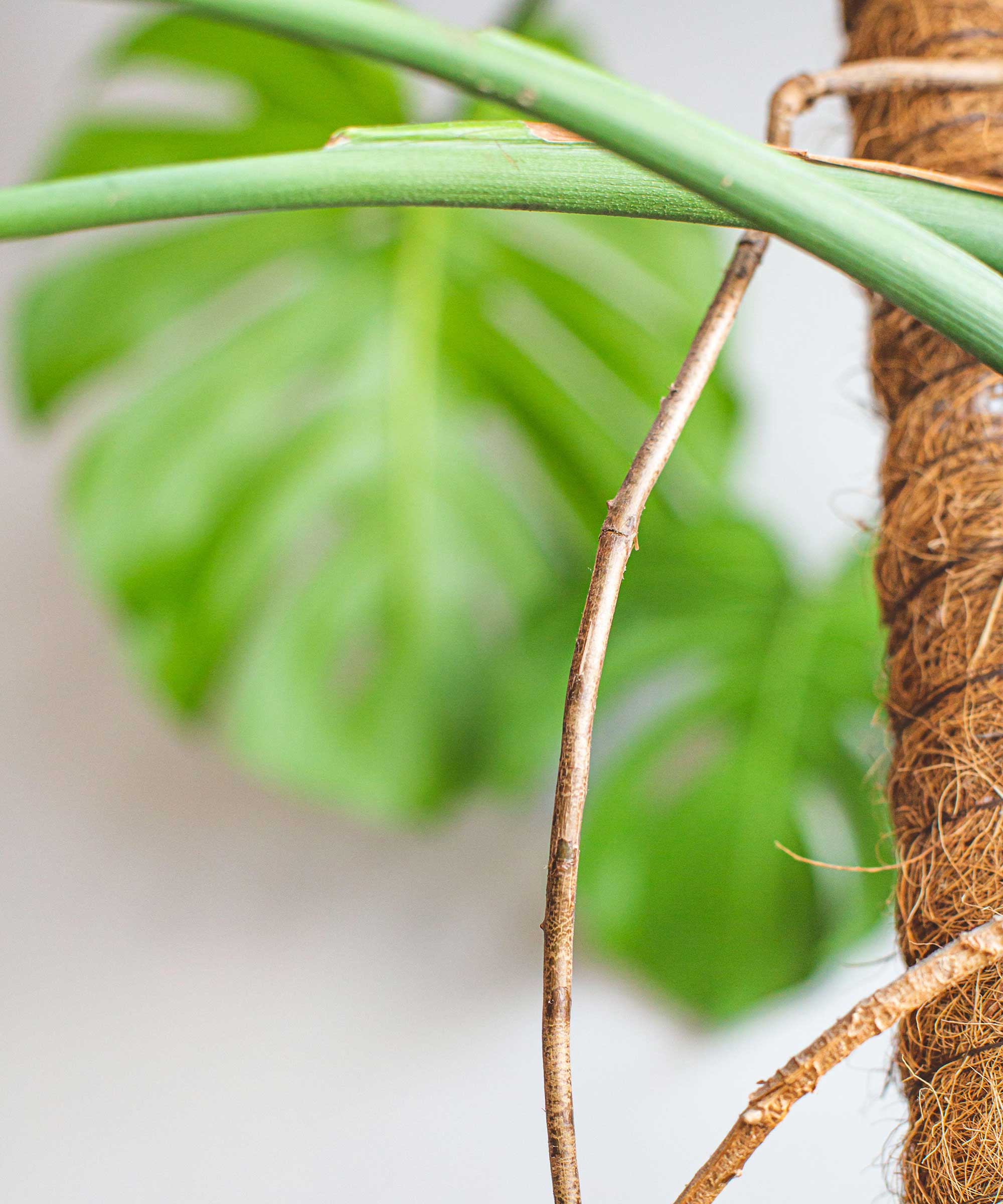How to prune a monstera – top tips for cutting back these popular indoor plants
Tidy up your Swiss cheese plant with this simple advice


Also known as Swiss cheese plants, monsteras make a serious statement in any interior scheme with their giant, glossy leaves. But sometimes, these plants call for a prune, and it's important to do it properly.
Speaking from experience, I was amazed by how my monstera responded to a careful trim earlier this year. After struggling with pests for ages – which a few doses of beneficial nematodes thankfully sorted out – it was looking rather sad and droopy, with lots of curled, dead leaves. But once these were removed, it quickly bounced back – at least ten new leaves grew in just a few months. It's now one of my best indoor plants, and takes pride of place in the lounge rather than being confined to the 'plant hospital' in the corner of the spare room.
Not only can pruning neaten up a monstera's appearance and encourage fresh growth, but it can also help keep its size under control and is a crucial part of a monstera care regime. I don't need to do this yet, but at the rate it's going, I will next year.

These houseplants are well-loved for their architectural leaves
How to prune a monstera
Whether your plant has been hit with a pest problem or not, old monstera leaves and stems will eventually fade and start to look tatty. It can also be a concern if you see your monstera leaves turning yellow (especially if your plant has suffered from a period of drought). Removing these less-than-luscious leaves will instantly improve the look of your plant.
Make your cuts at the base of each stem, at a 45-degree angle. Cutting just above a node will encourage new growth. It's best to wear gloves, as the sap can irritate the skin.
You can also trim any unsightly, brown edges from leaves, if there are still healthy parts left (this is tried and tested by yours truly). Follow the shape of the leaf so it looks natural, cutting slightly into the green section. It should heal quickly.
'Indoor monsteras can be more susceptible to infection, so it is really important that you use sharp shears and wipe them down with alcohol prior to making your cuts,' says Anna Ohler, the Owner of Bright Lane Gardens nursery.
Design expertise in your inbox – from inspiring decorating ideas and beautiful celebrity homes to practical gardening advice and shopping round-ups.

These climbing houseplants can quickly take up a lot of space, so you may also wish to prune your monstera to control its size. In a monstera-care tutorial from the UK's Royal Horticultural Society, gardener Laetitia Maklouf instructs to pinch off new growing tips once it reaches the desired height. 'Prune out excessive growth that might be producing fewer or no leaves,' she adds.
If you're pruning for this reason, cut just below a growth node – that way, if you're keen on learning how to propagate a monstera, you can then pot up the removed sections and grow them on.
Be careful not to remove too much in one go – 'over-pruning will result in an overall decline of the plant's health,' Anna warns.

Anna is an avid plant hobbyist and the Owner and Operator of Bright Lane Gardens, a boutique plant nursery in Northern Michigan. With over a decade of experience in gardening and landscaping, she takes every opportunity to share her knowledge on all things plant related.
When to prune a monstera

Prune your monstera once a year if you need to control its size. Dead leaves can be removed at any time, says Anna.
Monsteras are dormant in winter, and tend to grow rapidly during the warmer months. It's best to do your annual trim just before this growth spurt begins, in spring. This will help the plant recover well.
'Avoid pruning a recently repotted monstera,' adds Vladan Nikolic, a houseplant expert. He recommends giving the plant some time to adjust and acclimate to its new environment. 'This allows the plant to recover from the stress of transplantation and establish its root system.'

Felco No. 2 pruners are nearly universally beloved as the best pruners on the market. They're comfortable, hard-wearing, razor-sharp, and best of all, every part can be replaced - you never need to buy another set of pruners again.
Removing aerial roots

The aerial roots of a monstera grow quickly
Monstera plants produce aerial roots which can grow long, fast. They're not particularly attractive, so if you wish, you can simply snip these off at the base. Again, remember to clean your pruners, first.
Whether you need to get your plant looking glorious again or simply open up a bit more space around it, the tips in this guide will help. But remember, there are other aspects to plant maintenance that need to be considered to keep monsteras healthy.
The correct amount of water for indoor plants, fertilizer, and sunlight are all crucial, as is pest prevention. I'm keeping a very close eye on my monstera now, and I'm happy to say that the extra efforts are certainly paying off. You can also discover where to place a monstera in your home for optimal feng shui.

Holly started writing about gardening five years ago, and she is a regular contributor to Homes & Gardens. She has also written many gardening features for Woman & Home and Real Homes, too. She has previous experience as a professional gardener, where she helped to plant and maintain private gardens. Holly has also looked after allotment plots over the years and loves to grow her own flowers and veggies from seed. In her spare time, she enjoys visiting local gardens, botanical drawing, and tending to her ever-growing collection of houseplants.